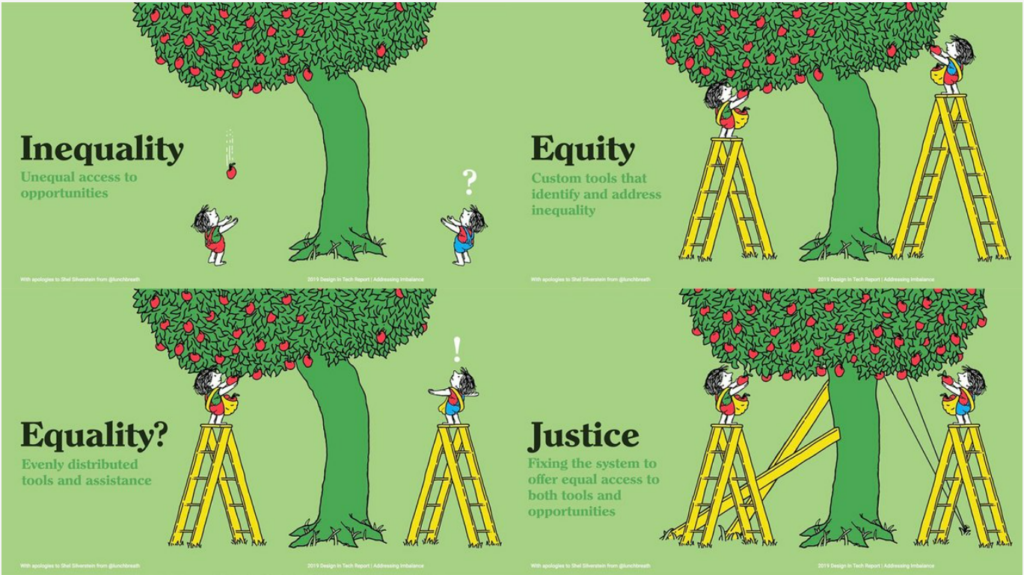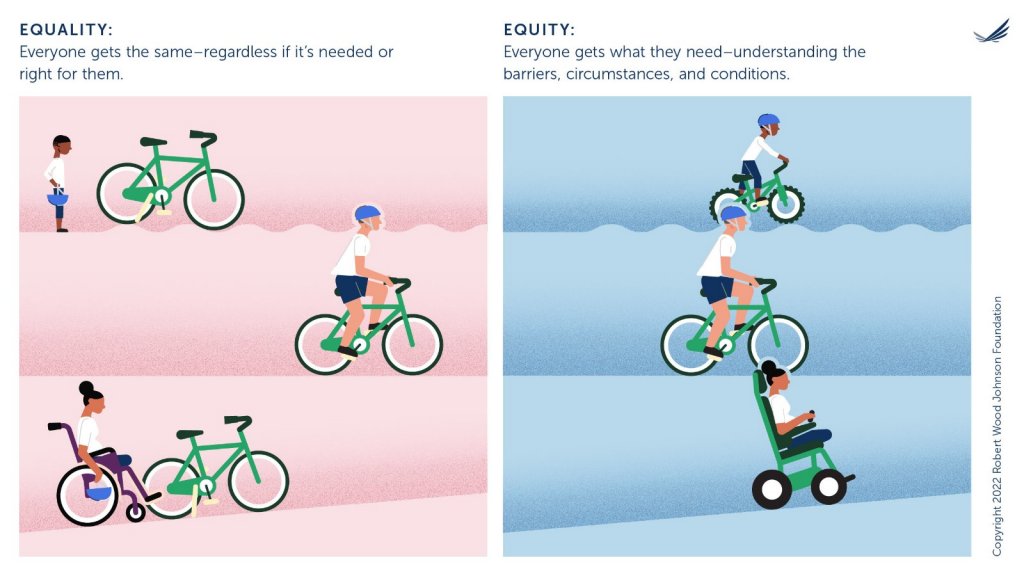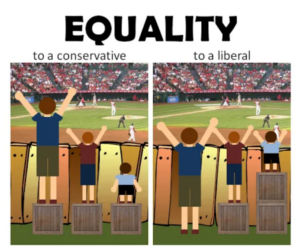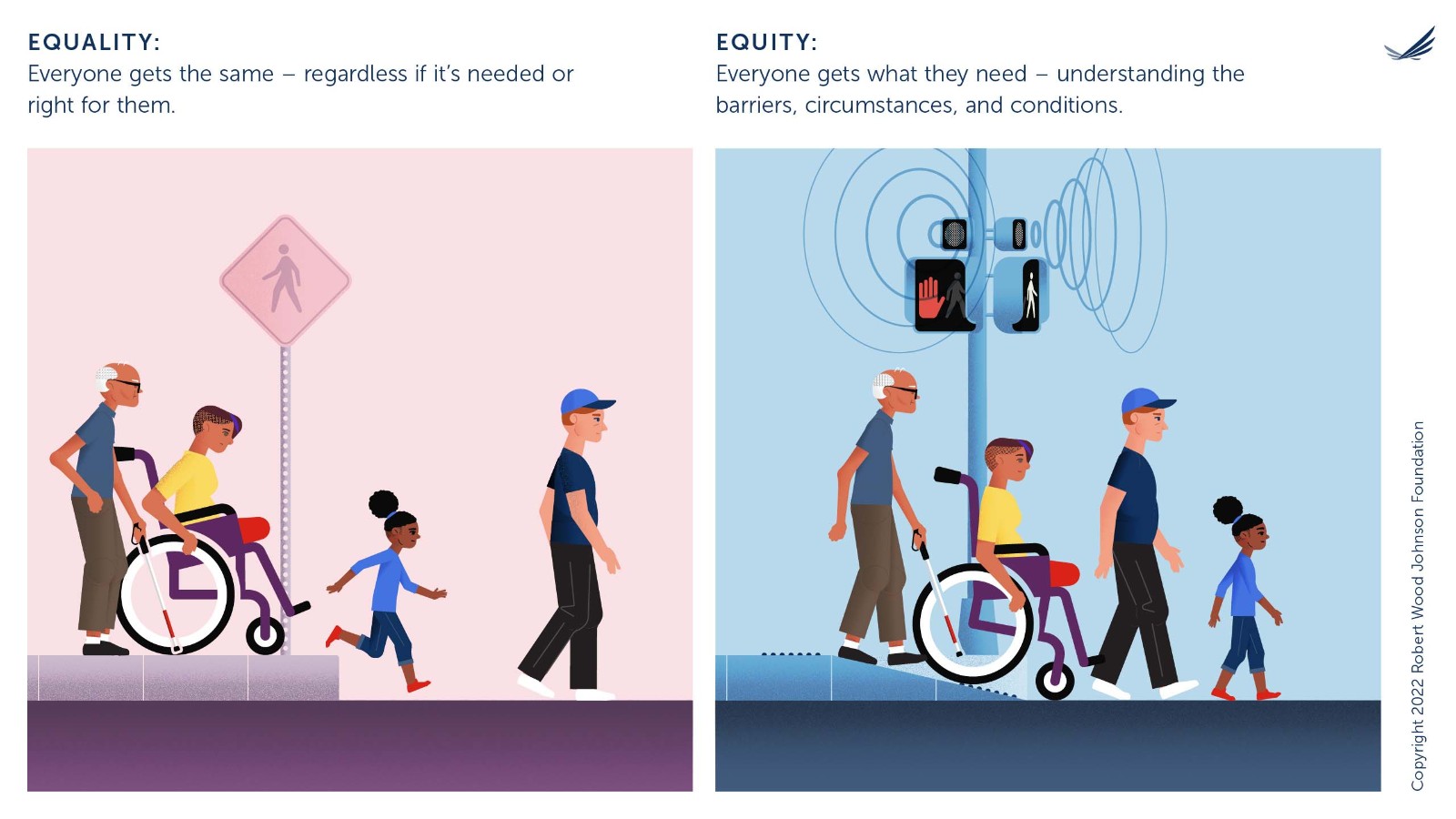Friends. I am not ok. Australia’s recent referendum and plebiscite have left a sour taste in my mouth. It has nothing to do with the result or question at hand but the disrespectful tone in general conversation that emerged whilst the nation was having these very emotive conversations.
One of the areas of social sustainability that we provide education on is inclusion. Inclusion is about equity, fairness and respect. In part, it is about removing discrimination and barriers. It is also about adding assistance and remedies.
Diversity is defined as “individual differences (e.g., personality, learning styles, and life experiences) and group/social differences (e.g., race/ethnicity, class, gender, sexual orientation, country of origin, and ability as well as cultural, political, religious, or other affiliations).”
Inclusion is “the active, intentional, and ongoing engagement with diversity — in the curriculum, in the co-curriculum, and in communities (intellectual, social, cultural, geographical) with which individuals might connect — in ways that increase awareness, content knowledge, cognitive sophistication, and empathic understanding of the complex ways individuals interact within systems and institutions.”
The International Women’s Day (IWD) 2023 #EmbraceEquity campaign theme aimed to get the world talking about “Why equal opportunities aren’t enough”. People start from different places, so true inclusion and belonging require equitable action. In simple graphics, many have tried to explain the difference between equality and equity on social media. Here are my top 5 equity infographics and how I think they have shaped the conversation on equity.
Box Graphic
This image is one of the early images I have seen attempting to explain equity. The origins are debated, but by my best guess, it was created by a Boston journalist looking to explain a specific political standpoint using the analogy of watching his beloved red socks at Fenway Park. He tried to point out the two opposing policies to achieve equality. One by giving everyone the same help (one box) and the other by attempting to produce an equal outcome (all see over the fence). It has since been reproduced many times in various forms and re-captioned to equality vs. equity, with additional images to portray inequality (no boxes) and justice (no fence).
Apple Tree Graphic
The apple tree image also has a few variants but attempts to define visually:
- Inequality – unequal access to opportunities.
- Equality – evenly distributed tools and assistance.
- Equity – custom tools that identify and address inequality.
- Justice – fixing the system to offer equal access to both tools and opportunities.

Bike & Curb Graphics
The last three are from the Robert Wood Johnson Foundation.
The first was a 2017 ‘bike’ visual used widely across the USA and other countries. It succeeded in starting multiple conversations about equity with people young (elementary school) and older (workplaces).
Those many conversations led to feedback that reinforced the foundation’s view that this wasn’t quite right. So, they refreshed it in 2022 and created a new ‘bike’ and ‘curb’ visual.
It’s an excellent example of how, even with the best of intentions, sometimes experts don’t get it right the first time and that there is nothing wrong in refreshing an old idea.
Take a good look around you.
- How diverse is your team?
- Could you have arrived at your current location using a wheelchair or a mobility aid?
- How many times a day do you have to correct your pronouns?
- Did you have to ask for a toilet to be installed near your workplace?
- Could you access a uniform or PPE easily, or was it custom-made?
- Do you feel safe?
- Could you do your job with a vision impairment? Physical disability? Neurological diversity?
- How many of your colleagues have an invisible disability?
- Do you know when the religious holidays are for all your workmates?
- Is English the first language your teammates spoke? Is it their main language at home?
- Do you know how to say hello and thank you in Auslan?
- Did you get to where you are because of merit or privilege?
The first time I acknowledged all the privileges that led me to where I am (and not just my merit) left me feeling guilty, vulnerable, grateful, angry and helpless, amongst many others. Asking these questions can make us uncomfortable and bring on many emotions. I urge you to let yourself feel those emotions, be mindful of how you present them to others, and be kind to yourself and each other as we navigate these complex issues.



